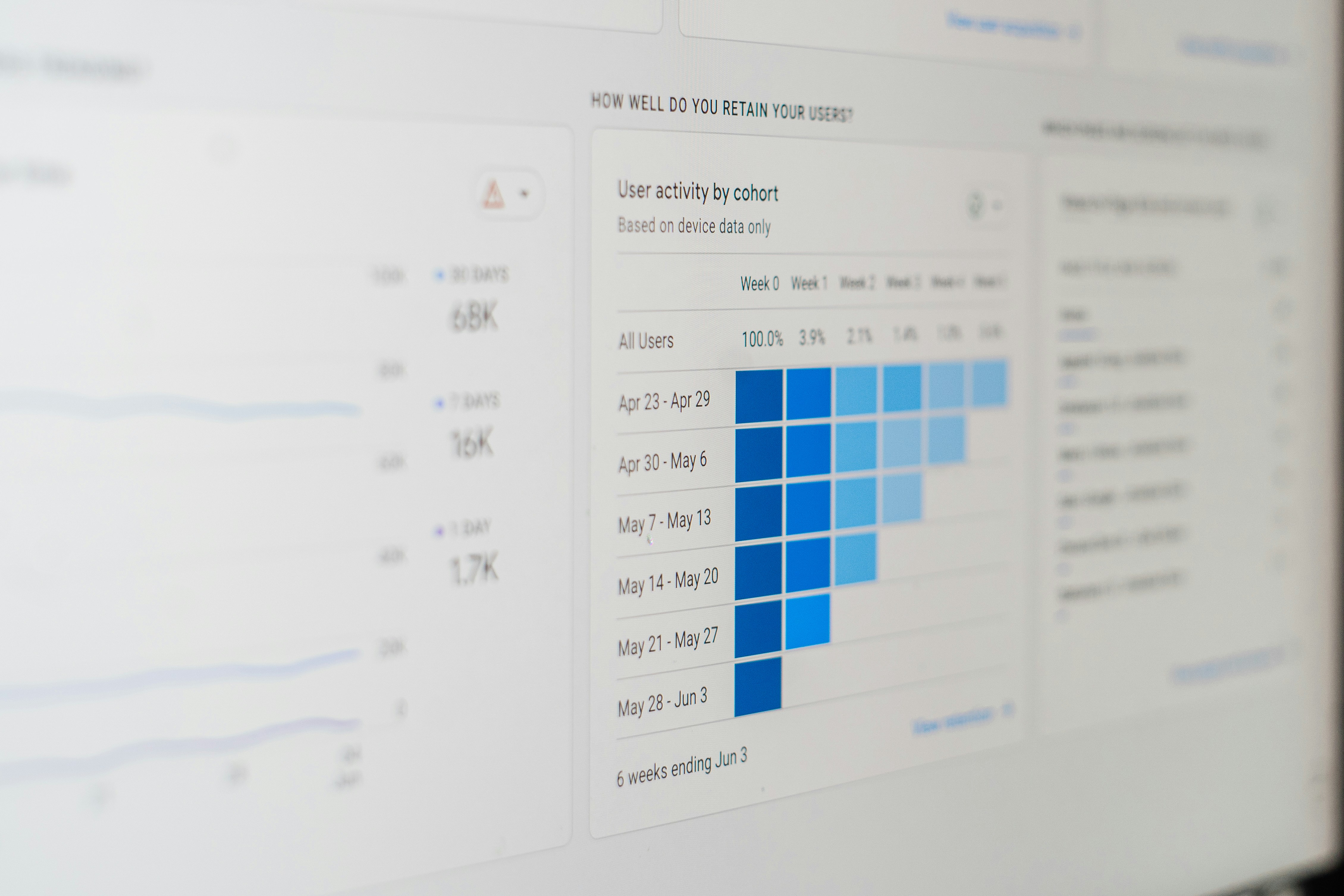Edited:
May 29, 2025
Read time:
12 mins at 200 wpm
TL;DR
Align your product with user needs and business goals by tracking key metrics. Focus on leading indicators for strategy and lagging indicators to evaluate success. Prioritize actionable insights over vanity metrics to drive growth and retention.
Sparked your interest? Read on.
Introduction
Have you ever wondered what makes some products just work? It usually comes down to one thing: alignment. When your product meets both your users’ needs and your business goals, growth becomes natural - and measurable.
That’s where product metrics come in. Think of them as your product’s health dashboard. The right metrics tell a story about how people use your product, where they’re dropping off, what’s working, and what’s not.
This guide will walk you through the essentials - without the fluff.
Why keep track of product metrics?
Metrics give you two key superpowers:
Early Warning System: Just like your car’s dashboard warns you when something’s off, product metrics alert you when usage spikes or stalls. Spotting these trends early helps you respond before things break.
The Full Picture: Metrics map the user journey—what features people engage with, when they get stuck, and what keeps them coming back. It’s not just what happened, but why. Done right, metrics help you:
Understand behavior;
Prioritize features;
Improve retention;
Increase revenue;
Make evidence-based decisions.
Tips to pick the right product metrics
Not all numbers matter. In fact, tracking the wrong ones wastes time and leads to poor decisions. Here’s how to pick wisely:
Fit the tools to your team: Use tools your team will actually adopt. Think usability over complexity.
Tie metrics to real goals: If it doesn’t help answer a business or product question, skip it.
Avoid vanity metrics: Page views mean little if they don’t lead to action or value.
Look for the story: Metrics should reveal patterns and opportunities, not just charts.
Know your baseline: Industry benchmarks and competitor data give you something to measure against.
Act on insights: Data is only useful if it leads to changes in behavior or product strategy.
Leading vs lagging metrics
Think of your metrics like a car:
The GPS is your leading indicator: it shows where you’re headed.
The odometer is your lagging indicator: it shows how far you’ve come.
Leading indicators
Early signs of activity or interest. Use them to steer strategy and test ideas.
Examples:
New signups
Page views
Time on site
Click-through rates
Trial starts or onboarding completions
Lagging indicators
Outcome-based metrics that confirm whether your strategy worked.
Examples:
Revenue (ARR/MRR)
Retention rate
Customer lifetime value (CLTV)
Churn rate
Subscription upgrades
You need both. Leading indicators help you experiment; lagging indicators help you evaluate results.
The 5 key product metric categories
Follow your user’s journey from discovery to loyalty. These five categories keep your metrics focused and actionable:
1. Acquisition - how are users finding you?
Track how users arrive and which channels drive the most qualified traffic.
Examples:
New signups;
Referral sources;
Cost per acquisition (CPA);
Email list growth.
2. Activation - Are new users reaching their “aha” moment?
This is where users experience real value for the first time.
Examples:
Onboarding completion rate;
Time to first key action;
Feature adoption (e.g. creating a project, uploading a file).
3. Engagement
How often are people using your product—and how deeply?
Examples:
Daily or monthly active users (DAU/MAU);
Feature usage rates;
Time spent per session;
Repeat visits or actions.
4. Retention
Do users stick around? Or churn out after a week?
Examples:
Retention rates (weekly, monthly);
Churn rate;
Upgrade rate (from free to paid);
Cohort analysis.
5. Monetization
Are you turning engagement into revenue?
Examples:
Monthly recurring revenue (MRR);
Average revenue per user (ARPU);
Customer lifetime value (CLTV);
Revenue by feature or plan.
Final thoughts
Product metrics aren’t just numbers - they’re insight. They show you what’s working, what’s broken, and where the next opportunity lies.
Remember:
Focus on quality over quantity
Track metrics that support real decisions
Use both leading and lagging indicators
Tie metrics back to user value and business outcomes
Measure what matters—and use it to build something people genuinely love.
